-
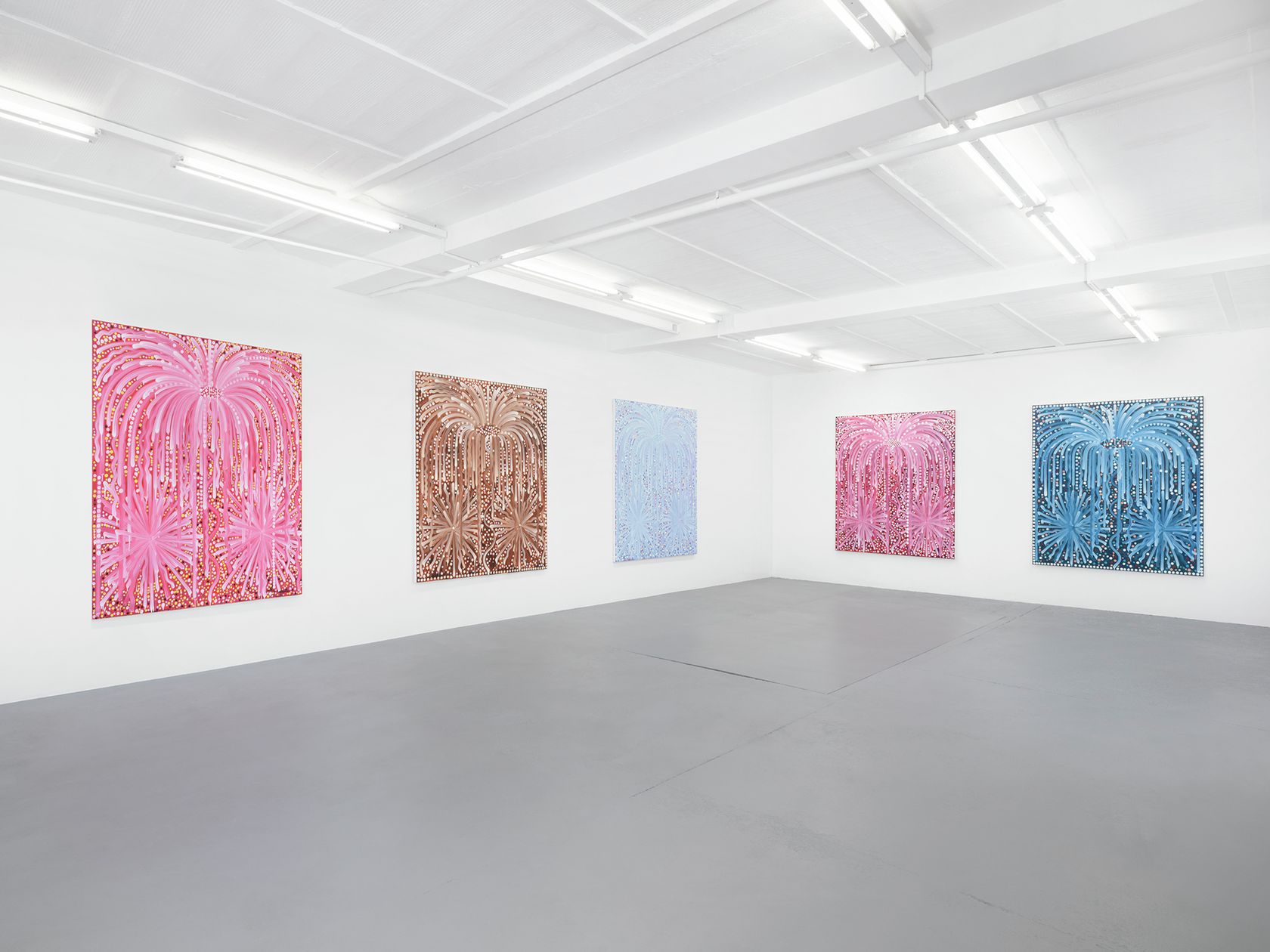 1/8
1/8
Hugo Capron, Garden Party
-
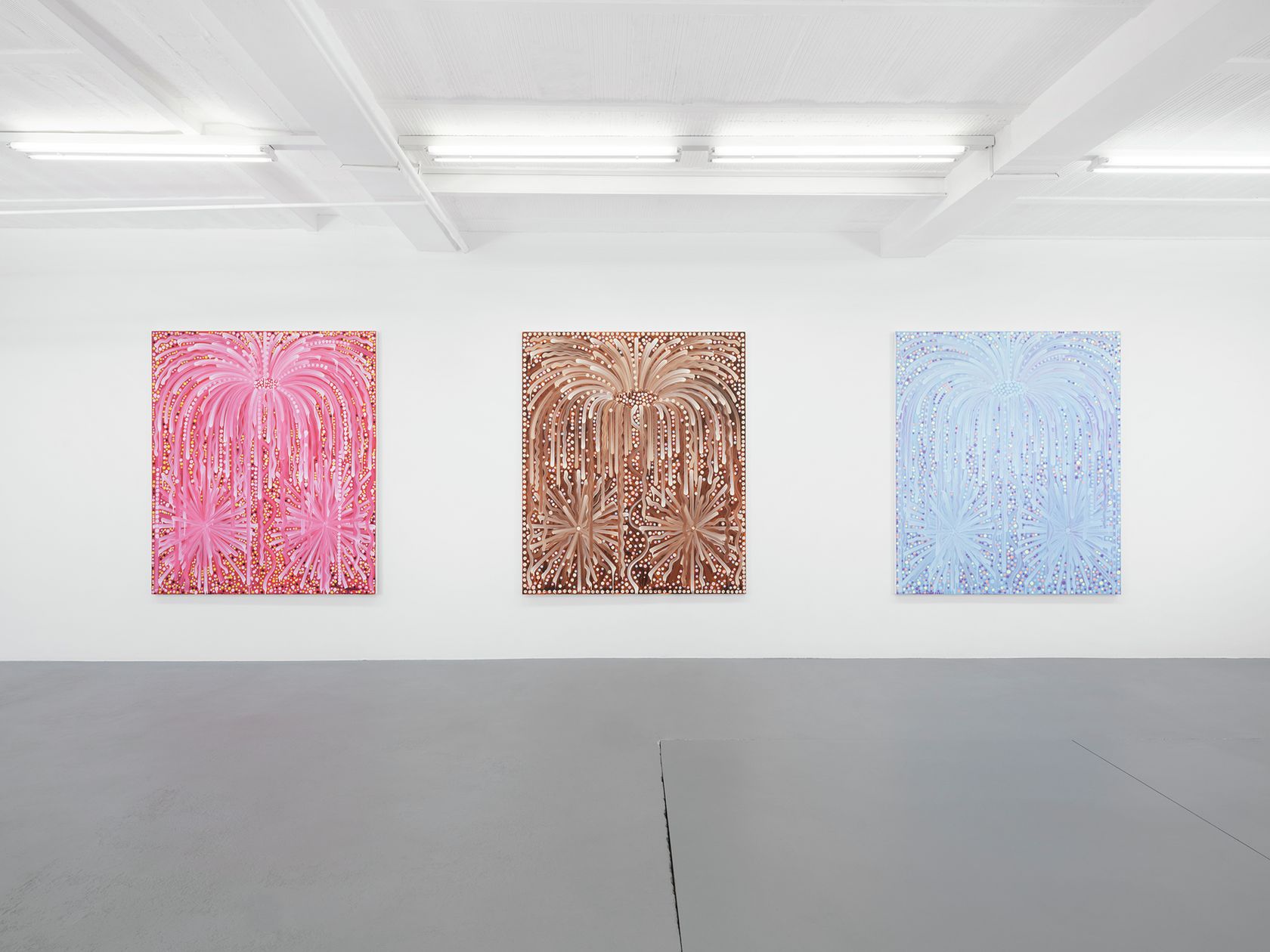 2/8
2/8
Hugo Capron, Garden Party
-
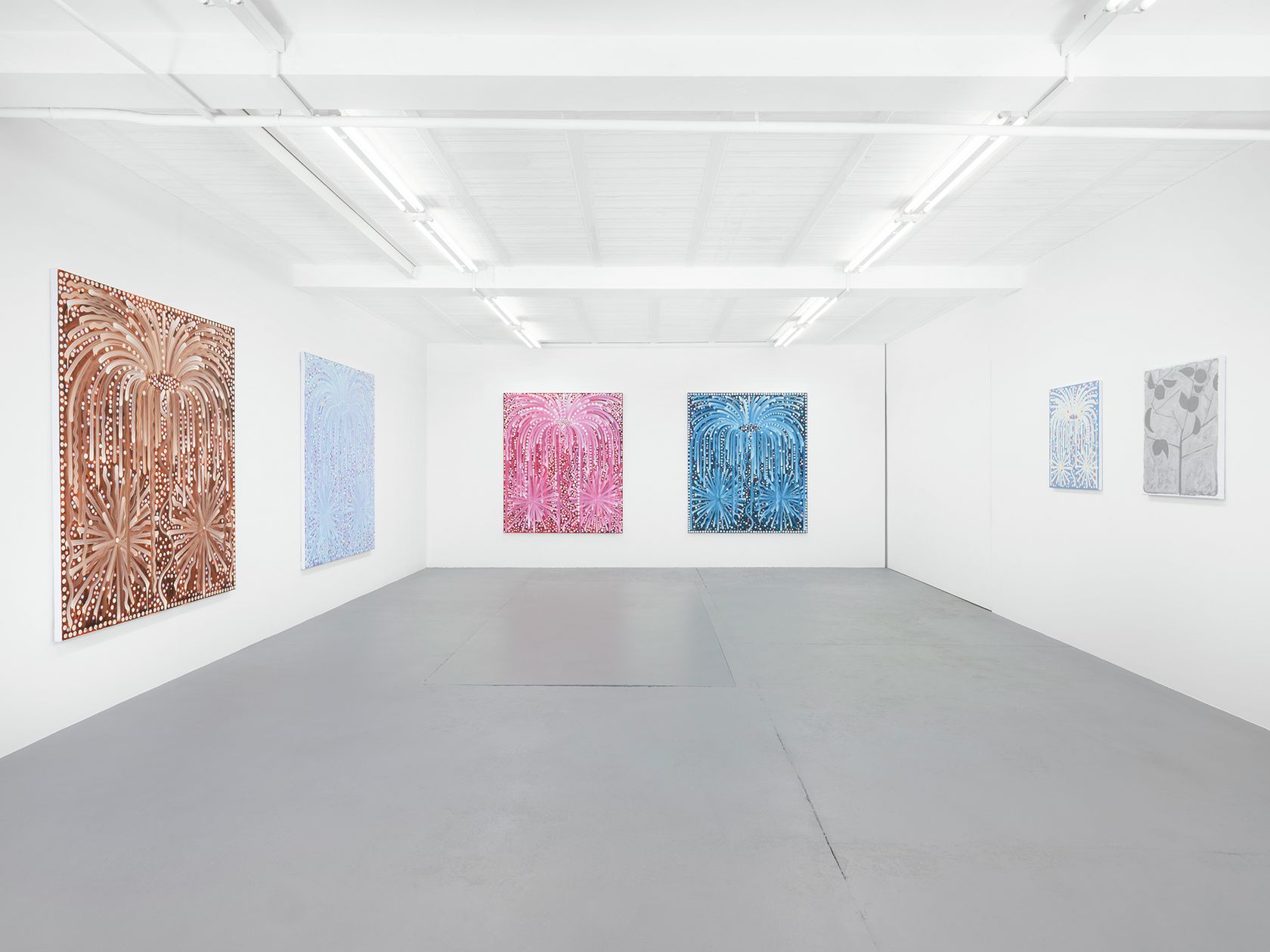 3/8
3/8
Hugo Capron, Garden Party
-
 4/8
4/8
Hugo Capron, Garden Party
-
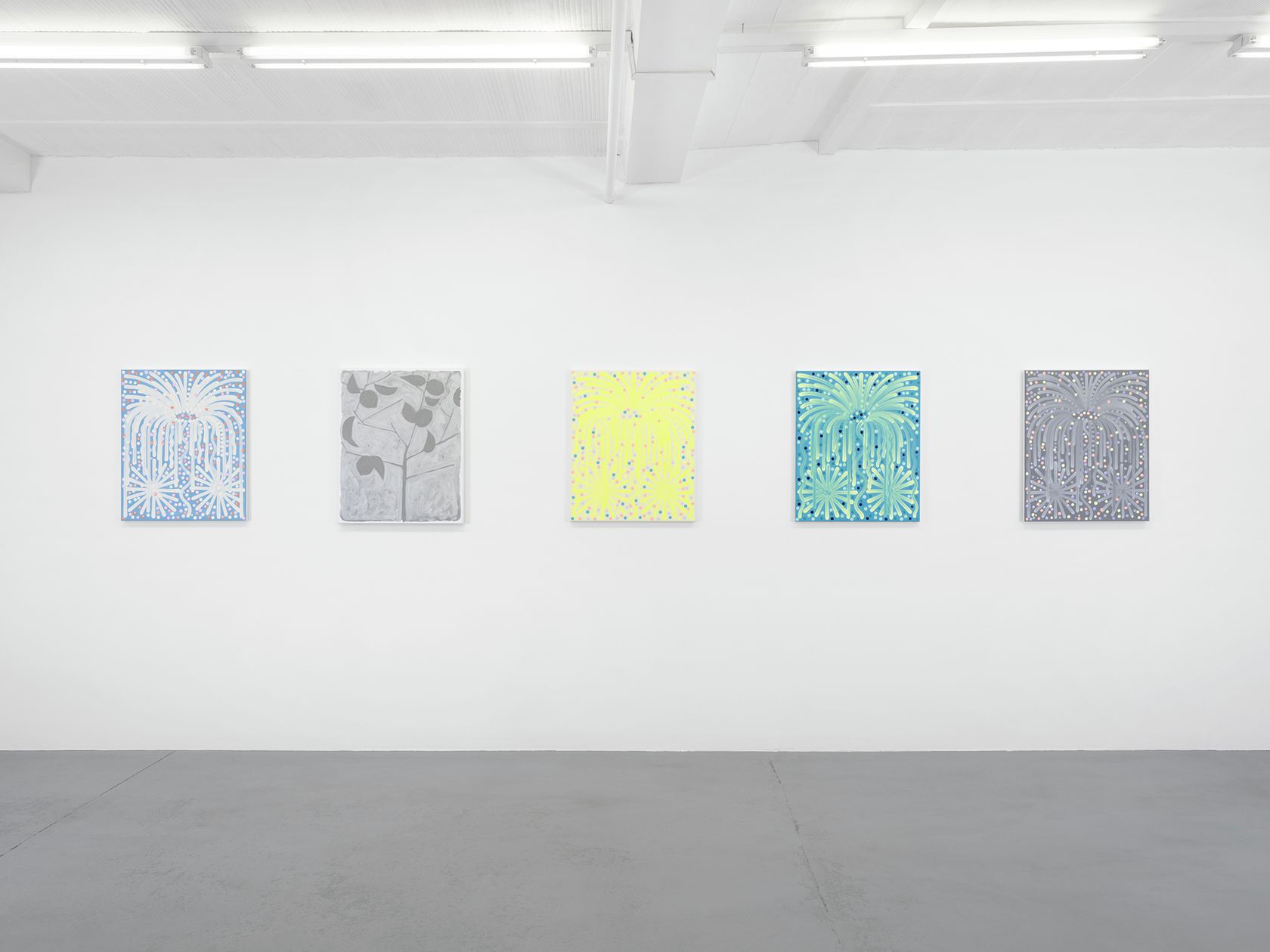 5/8
5/8
Hugo Capron, Garden Party
-
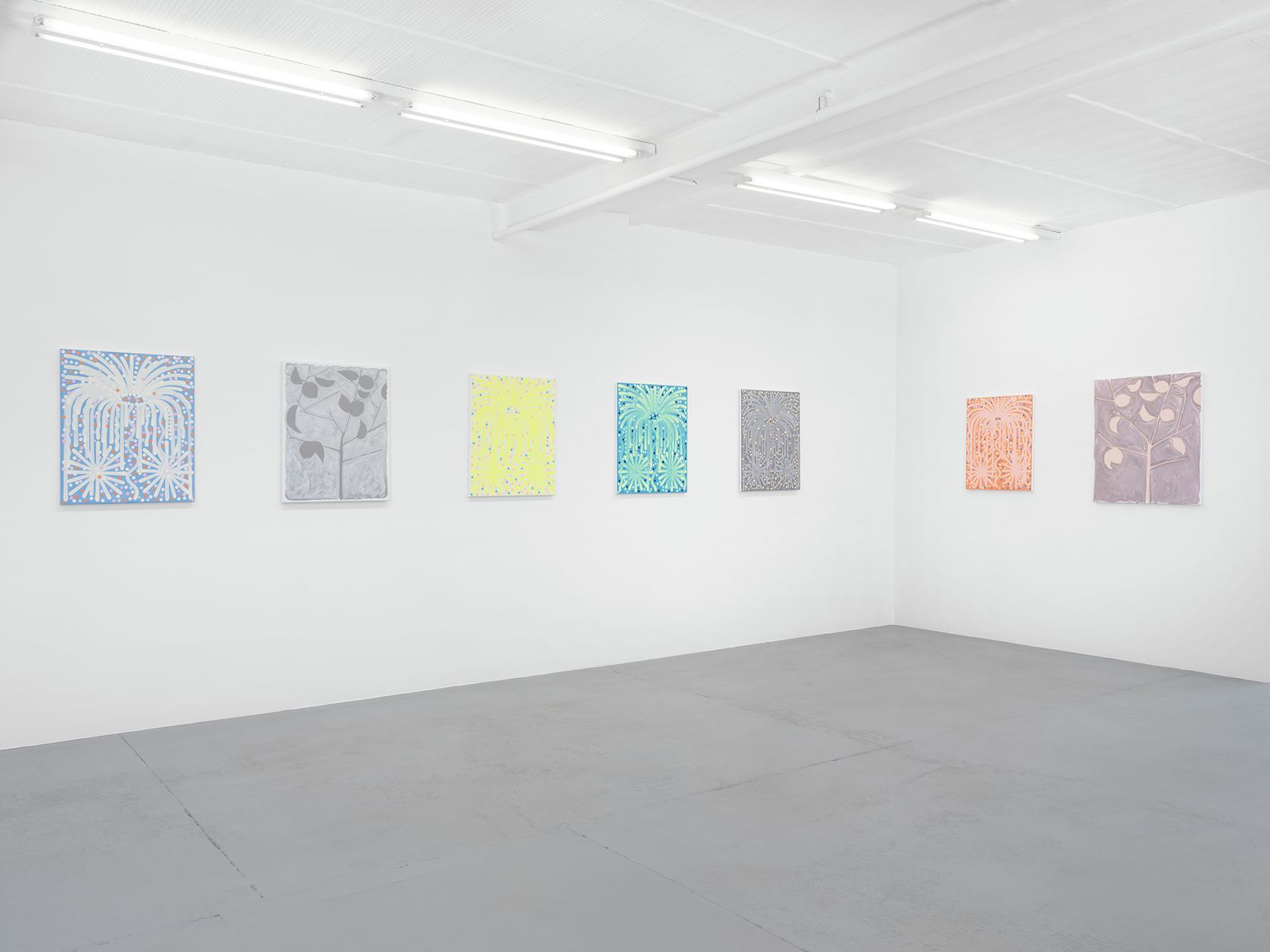 6/8
6/8
Hugo Capron, Garden Party
-
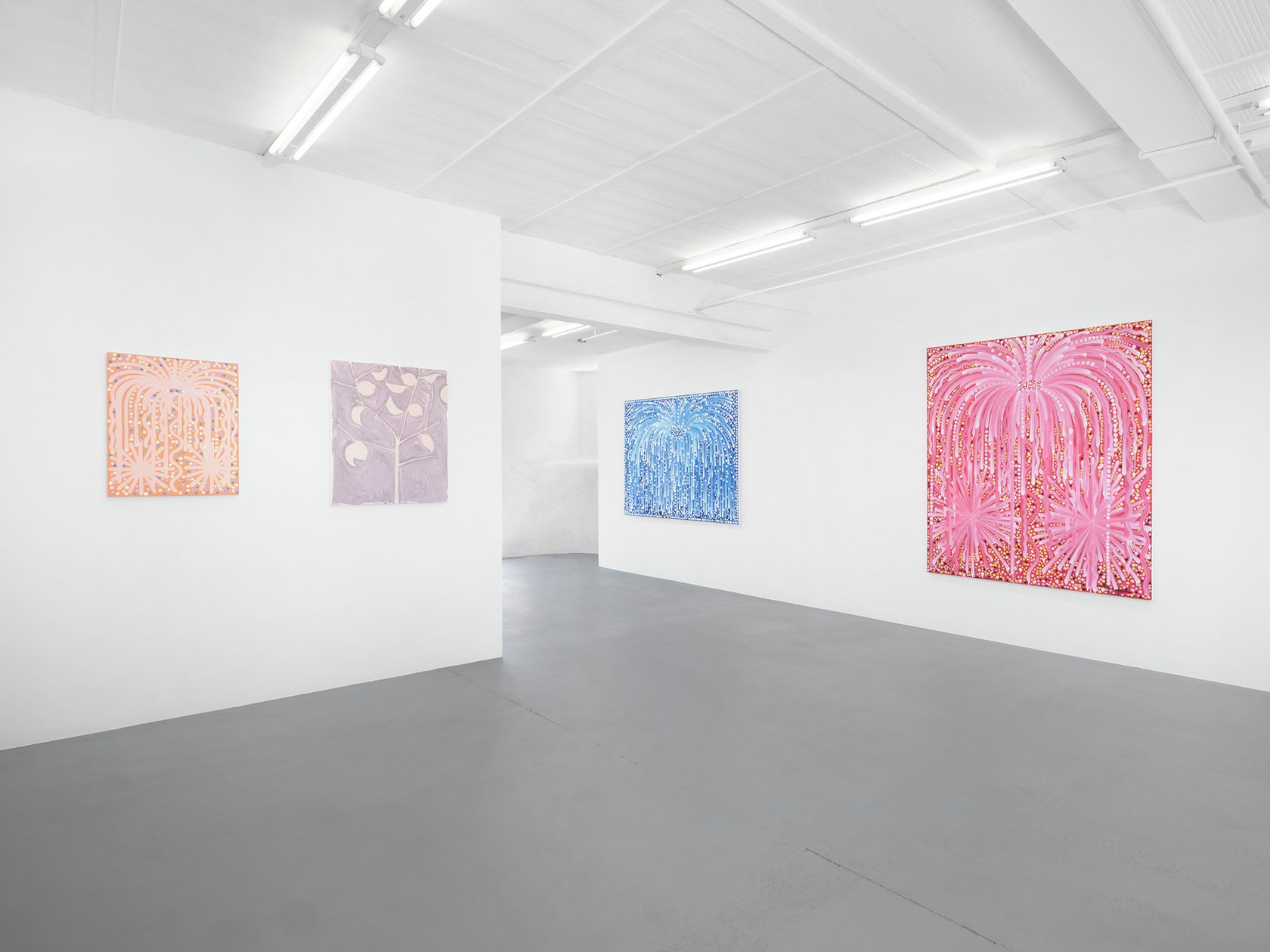 7/8
7/8
Hugo Capron, Garden Party
-
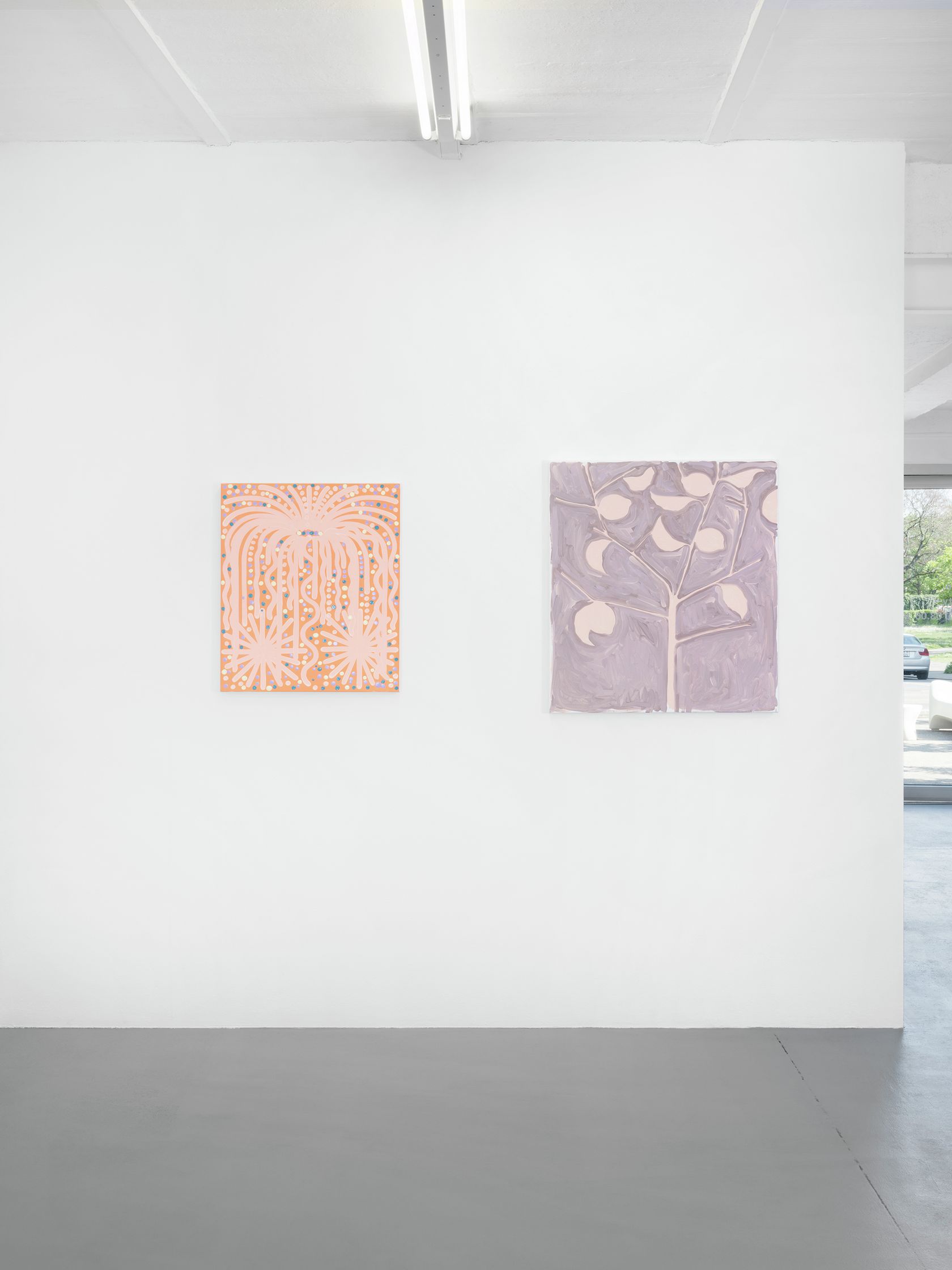 8/8
8/8
Hugo Capron, Garden Party
People love fireworks. Well, not all people, but judging by the number of people present at the fireworks of the Lac Kir in Dijon every July 14th, we can say that the tradition remains a very popular show. Fireworks, it’s bright and colorful, it makes noise, it makes smoke. That’s why it’s popular. What is quiet, uncluttered, gray, neutral; it’s design, contemporary architecture, cars and luxury clothing for men… But it was not always so. Minimalism as an artistic movement takes the world of industrial manufacturing as its model. Donald Judd’s “boxes”, Dan Flavin’s neon lights or James Turrell’s evanescent installations are among the most colorful works in art history. Yet today, the term minimalist refers more to sanitized interiors made of natural materials.
Fireworks are perhaps the least natural subject matter, since as the name suggests, these explosions are completely artificial (and intentional). For centuries, landscape painters have wondered about imitating nature. With pop art and minimalism, artists have in a way imitated culture. By choosing to work from 19th century Japanese engravings listing different types and colors of explosions, Hugo Capron also imitates a first imitation: a frontal and symmetrical stylization of colored